Last weekend we were invited by Musa and Sabina Ramović from RAMS Travel Agency to visit several households – members of the Slow Food Montenegro program for Bjelasica&Komovi and Prokletije. It was a beautiful day and we were looking forward to visiting the wonderful region of Bijelo Polje, as we wanted to learn more about the Slow Food approach.
 What does Slow Food exactly mean? Well, this philosophy envisions a world in which all people can have access to food that is good, clean and fair. So, food should be fresh and tasty, it should be part of the local cuisine and its production should not harm the environment. The idea was launched in Rome in 1986 by Slow Food International and this global movement has now developed into an organization with more than 100,000 members.
What does Slow Food exactly mean? Well, this philosophy envisions a world in which all people can have access to food that is good, clean and fair. So, food should be fresh and tasty, it should be part of the local cuisine and its production should not harm the environment. The idea was launched in Rome in 1986 by Slow Food International and this global movement has now developed into an organization with more than 100,000 members.
One of the around 1,500 Slow Food convivia (i.e. communities in charge of gathering members) around the world is Slow Food Montenegro – Bjelasica&Komovi and Prokletije. This chapter was founded in 2016 by representatives of RAMS Travel Agency and the Regional Development Agency Bjelasica&Komovi and Prokletije. Nowadays, the organization includes more than 30 members, among which producers of wine, cheese, fruit juice, jams, honey and domestic craft, while other participants are collectors of medicinal herbs, agricultural producers, farm households, etc.
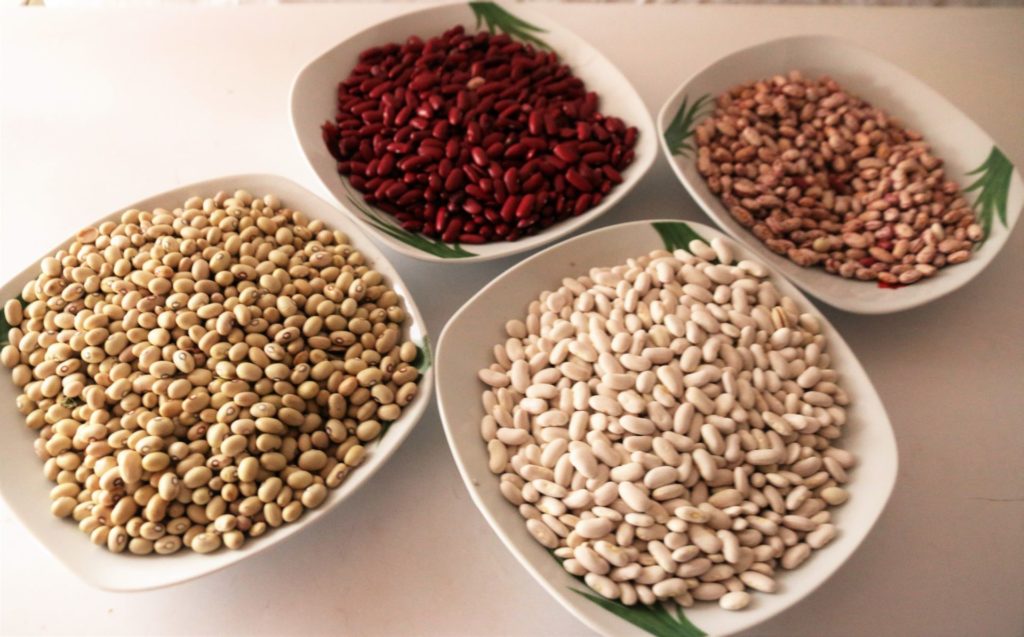 What does Slow Food Montenegro offers to its members, who pay a membership fee of €15.00 per year only? First of all, education through workshops and seminars, but the chapter is also supporting small producers by organizing participation in regional and local fairs, etc. Its current activities are linked to the campaigns “Eat Local” and “Menu for Change”, in particular by organizing visits of children from urban elementary schools to rural households, where they can learn more about the significance of local/healthy food.
What does Slow Food Montenegro offers to its members, who pay a membership fee of €15.00 per year only? First of all, education through workshops and seminars, but the chapter is also supporting small producers by organizing participation in regional and local fairs, etc. Its current activities are linked to the campaigns “Eat Local” and “Menu for Change”, in particular by organizing visits of children from urban elementary schools to rural households, where they can learn more about the significance of local/healthy food.
I have always believed that Slow Food production might be a great chance for the future of North Montenegro, but after having visited several rural households in the surroundings of Bijelo Polje, I am completely convinced. And I am also sure that rural tourism has excellent prospects for the future of this region, as many people would like to escape from the crowds and spend a few days on a peaceful farm, where they can enjoy nature, eat local food and help the hosts in doing their farm work.
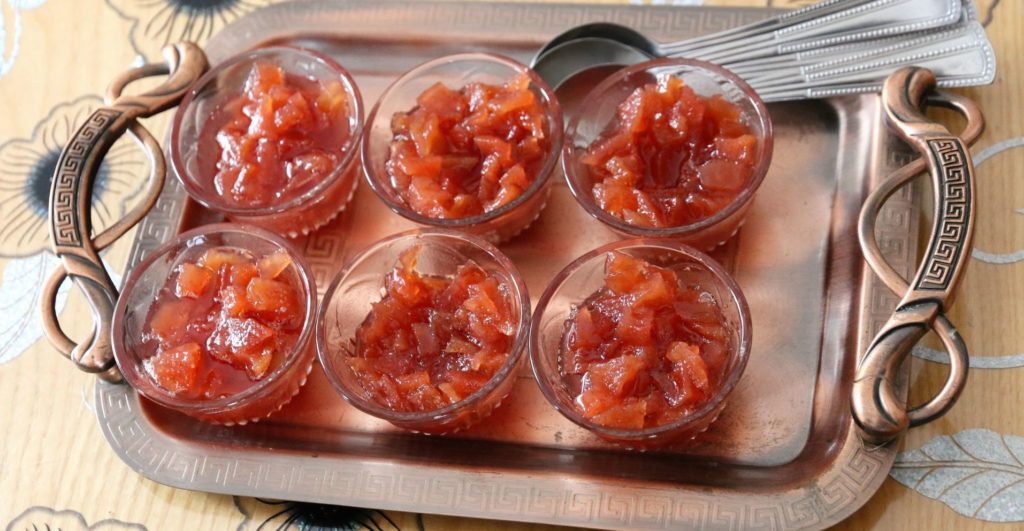 A good example is the village of Kukulje, high up in the mountains above Bijelo Polje. It was the first time in my life that I entered completely self-sufficient household. What does it mean, self-sufficient? That is easy to explain: the Ćatović family buys hardly anything in the store, as they have their own cattle and chickens, fruit and vegetables, they make their own bread from their own grain and corn, they produce home-made marmelade, fruit juice, herbal teas and rakija (brandy), but also cheese, kaymak, yoghurt and other specialties. A huge raspberry plantation provides additional income. And, as they have four daughters, all this is done without any help from outside.
A good example is the village of Kukulje, high up in the mountains above Bijelo Polje. It was the first time in my life that I entered completely self-sufficient household. What does it mean, self-sufficient? That is easy to explain: the Ćatović family buys hardly anything in the store, as they have their own cattle and chickens, fruit and vegetables, they make their own bread from their own grain and corn, they produce home-made marmelade, fruit juice, herbal teas and rakija (brandy), but also cheese, kaymak, yoghurt and other specialties. A huge raspberry plantation provides additional income. And, as they have four daughters, all this is done without any help from outside.
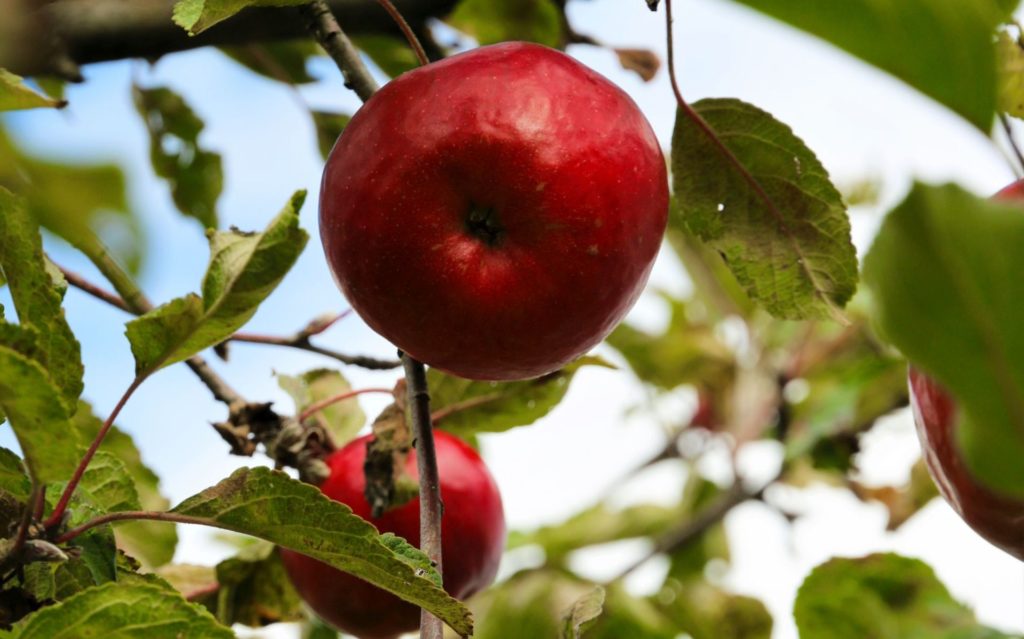 Let me just give you an example of their “Slow Food”. We were welcomed with “slatko” (sweet) of pears with a glass of apple brandy and delicious home-made raspberry juice, accompanied by “gurabija” (a home-made cake). But then lunch was served… a real “Menu for change”. I am sure that people from Western Europe cannot imagine the particular taste of cooked pumpkins and pumpkin bread, or delicious “ajvar” and nettle pie (yes, made with wild nettles!), fresh cheese and kaymak, home-made cornichons and yoghurt…. A real eye-opener for people who would never believe they would enjoy a meal without any “industrial food”!
Let me just give you an example of their “Slow Food”. We were welcomed with “slatko” (sweet) of pears with a glass of apple brandy and delicious home-made raspberry juice, accompanied by “gurabija” (a home-made cake). But then lunch was served… a real “Menu for change”. I am sure that people from Western Europe cannot imagine the particular taste of cooked pumpkins and pumpkin bread, or delicious “ajvar” and nettle pie (yes, made with wild nettles!), fresh cheese and kaymak, home-made cornichons and yoghurt…. A real eye-opener for people who would never believe they would enjoy a meal without any “industrial food”!
But this is not the only family to which the Slow Food program has offered prospects for a better future. The village of Bistrica is already well-developed if compared to Kukulje. We visited the rural household “Green Valley” that offers accommodation (10-12 € per person/night + breakfast during summer) and local food, but this is not the only family that offers services in tourism.
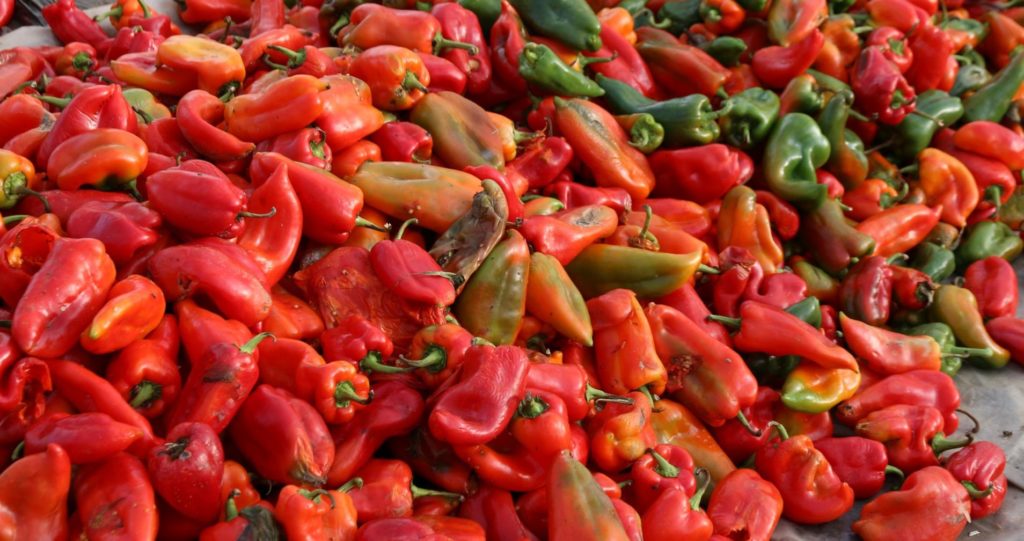 No wonder, as the environment is amazing: tourists have the possibility to visit Podvrh monastery and Djalovića canyon and there are several marked hiking trails. Horse riding and fly fishing are other popular activities.
No wonder, as the environment is amazing: tourists have the possibility to visit Podvrh monastery and Djalovića canyon and there are several marked hiking trails. Horse riding and fly fishing are other popular activities.
Another surprise was the visit of the Salković family in Potkrajci. This agricultural producer has a huge piece of land with greenhouses, where he produces peppers, corn (for human consumption) and cabbage. Can you imagine that he planted 60,000 pepper seedlings this year (by hand)??? Why peppers? Well, these peppers are used for the production of “ajvar”, a highly appreciated condiment in the Balkans, in particular during winter. Driving through the village of Potkrajci, we saw that many fields were covered with cabbage that is sold in huge quantities for the production of sauerkraut (pickled cabbage), another popular winter food.
 In the village of Rašovo we met Dušan Joksimović and his wife: they are specialized in collecting herbs and roots in order to produce medicinal teas, tinctures and cream. They sell their products on fairs and exhibitions, also with the help of Slow Food Montenegro.
In the village of Rašovo we met Dušan Joksimović and his wife: they are specialized in collecting herbs and roots in order to produce medicinal teas, tinctures and cream. They sell their products on fairs and exhibitions, also with the help of Slow Food Montenegro.
Unfortunately, we didn’t have enough time to visit other slow food members in the area of Bijelo Polje, for instance Mersida Ibrizović, whose domestic ajvar and rose juice are well-known.
Or Vučko Pešić from Tomaševo, one of the most famous producers of so-called “lisnati sir” (in translation “layered cheese”).
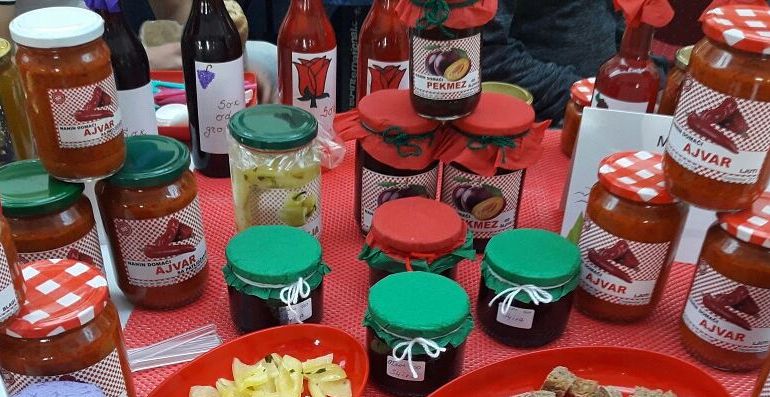 Winter knocks on our door, but I am sure that there will be a lot of possibilities for foreign tourists to explore the surroundings of Bijelo Polje and visit these local food producers next year, so that they can learn more about Slow Food and enjoy the delicious domestic cuisine of northern Montenegro.
Winter knocks on our door, but I am sure that there will be a lot of possibilities for foreign tourists to explore the surroundings of Bijelo Polje and visit these local food producers next year, so that they can learn more about Slow Food and enjoy the delicious domestic cuisine of northern Montenegro.
So, let’s try to follow the example of Slow Food Montenegro – Bjelasica&Komovi and Prokletije. Let’s preserve the local culture, food and tradition, let’s protect biodiversity and raise the awareness about the impact of food on our environment.
And let’s not forget that WOMEN play a key role in all rural households – members of Slow Food Montenegro!


[…] and the Regional Development Organization Bjelasica, Komovi & Prokletije formed the community ‘Slow Food Bjelasica Komovi & Prokletije‘. Nowadays, the chapter includes more than 30 members, among which producers of wine and grape […]